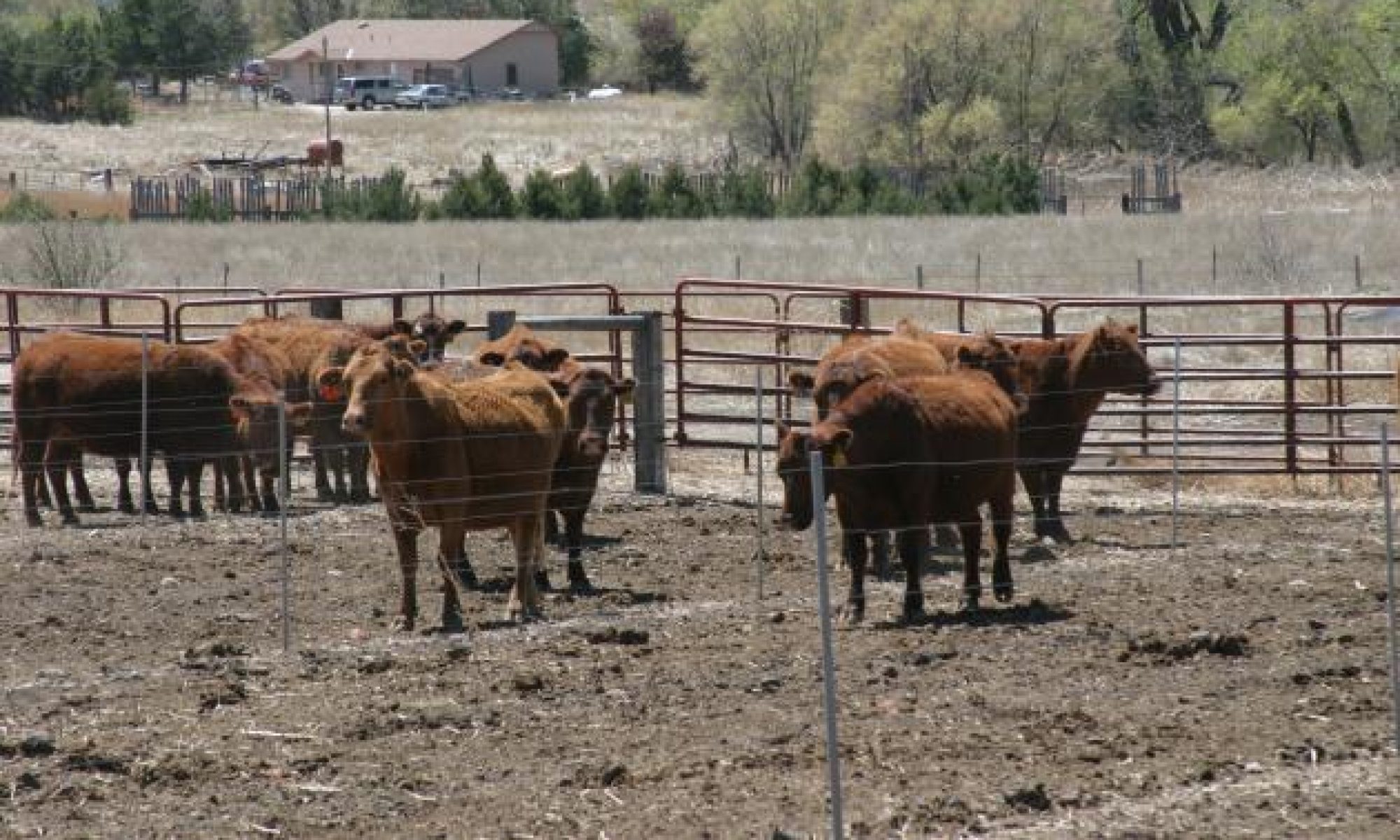Yes, but that answer needs to be discussed in detail. Many factors contribute to carcass quality and yield grades such as management, genetics, previous nutrition, and marketing. Age becomes a factor in carcass grading when it is coupled with other factors, such as nutrition and genetics. One of the major carcass factors that affect quality is marbling. Marbling is intramuscular fat (stored body energy); therefore, it will increase as cattle get older and remain on a positive energy diet. The rate that marbling grows is dependent on genetic potential and the amount of excessive energy consumption. Young cattle (calf-feds harvested prior to 15 months of age) have been shown to have equal or greater marbling scores than genetically similar yearlings (harvested between 18 and 24 months of age) if they are fed diets energy dense enough to allow for marbling expression. Another factor used to determine quality grade is bone maturity. Young cattle (A maturity, less than 24 months of age) all have the same marbling standards apply to reach a particular quality grade (Select, Choice, Prime). Marbling standards increase for carcasses older than A maturity. For yield grade, the major carcass characteristics are hot carcass weight, ribeye backfat, ribeye area, and percent kidney, pelvic, and heart fat. As would be expected, as age advances from 12 to 24 months of age, body weight and thus carcass weight increases. Also, as calves get older and are maintained on a high-energy diet, they will get fatter and thus have a negative effect on yield grade. Marketing systems that harvest cattle at a constant fat endpoint (0.4 to 0.5 inches of backfat) will not have an age factor influence. Age can be a USDA Quality grade is defined by marbling score, maturity, and lean characteristics. Quality is usually defined in two ways; one is yield grade or the relative amounts of lean muscle to fat. Yield grade is assessed on a scale of 1 to 5, with YG 1 considered better because there is more muscle relative to fat. The factors that lead to better (i.e., lower) yield grade are carcass weight, ribeye or longissimus muscle area, fat depth, percent kidney, pelvic and heart fat, and then marbling or intramuscular fat. The second measure of carcass quality is usually quality grades. The quality grade breakdown is based on Prime, Choice, Select, and Standard. There are premiums for Choice and Prime compared with Select. There is a discount on Standard carcasses. The quality grade is based on the amount of marbling or intramuscular fat in the ribeye. The challenge is that these two quality indicators tend to go against each other in the population of cattle. When we select for better marbling, we have cattle that will deposit marbling at lower backfat depths. However, the population still fattens when marbling occurs, so some improvement in marbling tends to lead to poorer yield grade. There are differences between calf-feds (15 months of age) and yearlings (greater than 18 months of age) in terms of performance. As a general rule, we tend to feed yearlings different than calves. Therefore, yearling cattle are leaner (better yield grades) but may not be better at quality grade. In a review of Nebraska research (attached article and Web accessible) by Klopfenstein et al. (1999), there were no differences in quality grades between calf-feds and yearlings when cattle were compared at an equal fat endpoint. What that means is that if you compare them on an appropriate basis, there are probably little differences between conventional calf-feds and conventional yearlings. However, most times, yearlings are fed to a leaner endpoint (less backfat) and, therefore, may not grade as well. So, in the industry, our calf-feds probably grade well (good quality) but at a higher (poorer) yield grade than yearlings. You can see that it is a complex issue. Cattle can be to be USDA Yield Grade 1, but the chances of them grading USDA Choice are not great. Conversely, they can be fed to mostly grade USDA Choice, but their yield grades are poor. The only fair comparison is to compare calf-feds and yearlings on an equal fat endpoint basis. Another consideration is some recent work out of the University of Illinois and elsewhere looking at the influence of early calf nutrition on eventual carcass quality. This is a different issue that we can address if interested. However, for conventional calf-feds (large framed, large calves at weaning) that are fed for 200 days and go to market at 15 months of age, there is probably little difference if marketed at an equal endpoint as yearlings. However, the industry probably markets calf-feds fatter than yearlings, and therefore they tend to have poorer USDA Yield Grades and similar or slightly better USDA quality grades.
